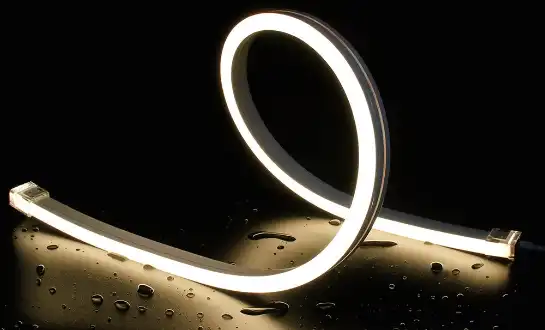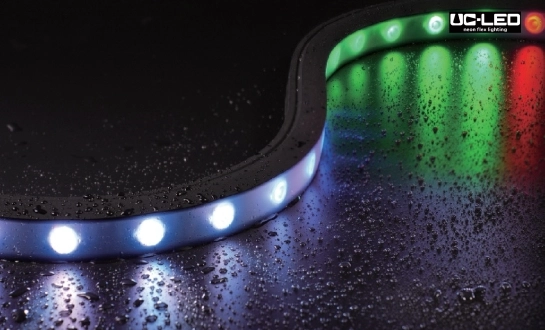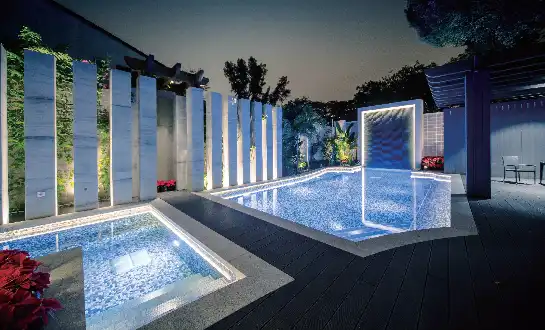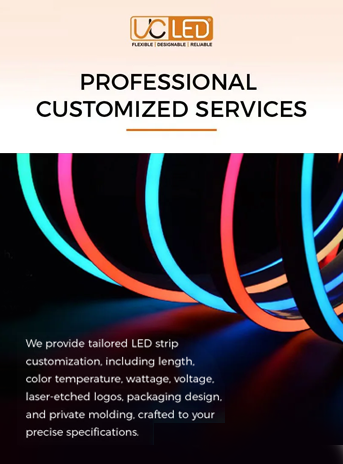What LED Neon is Saving You in Energy Consumption?
LED Neon Flex is revolutionizing the lighting industry by offering significant energy savings compared to traditional neon lighting. This innovative technology consumes up to 80% less energy than conventional neon, translating to substantial cost reductions for businesses and homeowners alike. LED Neon Flex achieves this remarkable efficiency through its use of advanced light-emitting diodes, which convert a higher percentage of electricity into visible light rather than heat. This not only reduces energy consumption but also extends the lifespan of the lighting system, further amplifying its cost-saving benefits.
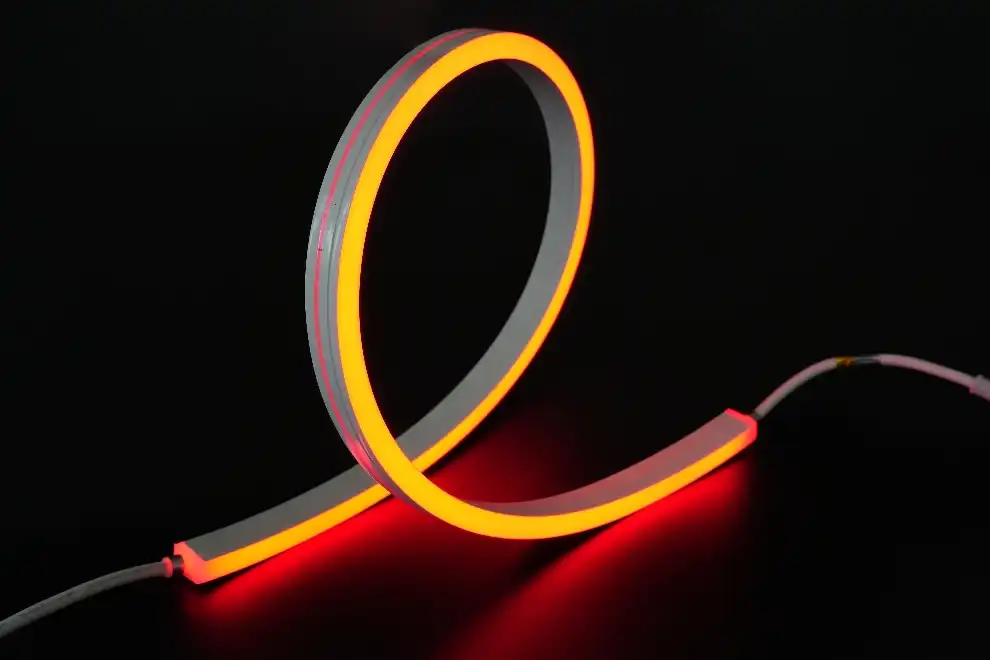
The Evolution of Neon Lighting: From Gas to LED
The journey from traditional neon to LED Neon Flex represents a significant leap in lighting technology. Traditional neon signs, while iconic, have several drawbacks that LED technology addresses:
Traditional Neon: A Brief Overview
Conventional neon lighting operates by passing an electric current through neon gas enclosed in glass tubes. This process, while visually striking, is inherently inefficient. The gas requires a high voltage to ionize, consuming considerable energy. Moreover, much of this energy is lost as heat rather than light, further reducing efficiency.
Enter LED Neon Flex: A Game-Changer
LED Neon Flex, on the other hand, utilizes light-emitting diodes encased in flexible silicone tubing. This design mimics the appearance of traditional neon while offering numerous advantages:
- Lower voltage requirements
- Reduced heat emission
- Longer lifespan (up to 50,000 hours)
- Increased durability
- Greater design flexibility
These features collectively contribute to the superior energy efficiency of LED Neon Flex, making it an increasingly popular choice for both decorative and functional lighting applications.
Quantifying the Energy Savings of LED Neon Flex
To truly appreciate the energy-saving potential of LED Neon Flex, it's essential to examine the numbers:
Comparative Energy Consumption
A typical 5-meter strip of LED Neon Flex consumes approximately 36 watts of power. In contrast, a traditional neon tube of similar length might use up to 180 watts. This represents an 80% reduction in energy consumption, a difference that becomes increasingly significant over time and with larger installations.
Long-Term Cost Implications
The energy savings translate directly into cost reductions. Consider a scenario where the lighting is used for 12 hours daily:
- LED Neon Flex: 36W x 12 hours = 0.432 kWh per day
- Traditional Neon: 180W x 12 hours = 2.16 kWh per day
Over a year, this difference amounts to 631.8 kWh. At an average electricity rate of $0.14 per kWh, the annual savings would be approximately $88.45 for just a 5-meter strip. For businesses with extensive lighting needs, these savings can quickly escalate into thousands of dollars annually.
Environmental Impact
The energy efficiency of LED Neon Flex not only saves money but also reduces carbon footprint. Using the same example as above, the reduced energy consumption could prevent the emission of about 447 kg of CO2 per year, based on average U.S. grid emissions factors. This environmental benefit adds another layer of value to the adoption of LED Neon Flex technology.
Beyond Energy Savings: Additional Benefits of LED Neon Flex
While energy efficiency is a primary advantage of LED Neon Flex, it's far from the only benefit. This innovative lighting solution offers a range of additional advantages that contribute to its growing popularity:
Versatility in Design
LED Neon Flex's flexibility allows for creative applications that were challenging or impossible with traditional neon:
- Ability to bend and shape into complex designs
- Available in a wide range of colors, including RGB options for dynamic displays
- Can be cut to precise lengths for custom installations
This versatility opens up new possibilities for architects, designers, and businesses looking to create unique lighting experiences.
Enhanced Durability and Safety
The construction of LED Neon Flex addresses many of the fragility issues associated with traditional neon:
- Shatterproof silicone casing, ideal for high-traffic areas
- Lower voltage operation, reducing electrical hazards
- No toxic gases or mercury, making it safer for both users and the environment
These safety features make LED Neon Flex suitable for a broader range of applications, including areas where traditional neon might be considered too risky.
Reduced Maintenance and Operational Costs
The longevity and durability of LED Neon Flex contribute to significant reductions in maintenance requirements:
- Typical lifespan of 50,000 hours or more, reducing replacement frequency
- Lower heat emission, which can reduce cooling costs in indoor spaces
- Less fragile than glass tubes, minimizing breakage and replacement costs
These factors combine to lower the total cost of ownership over the life of the lighting installation, further enhancing the cost-saving benefits beyond mere energy efficiency.
Conclusion
LED Neon Flex represents a significant advancement in lighting technology, offering substantial energy savings alongside a host of additional benefits. Its ability to reduce energy consumption by up to 80% compared to traditional neon translates into tangible cost savings and environmental benefits. The versatility, durability, and reduced maintenance requirements of LED Neon Flex further solidify its position as a superior lighting solution for a wide range of applications.
As businesses and individuals increasingly prioritize energy efficiency and sustainability, LED Neon Flex stands out as a smart choice that doesn't compromise on aesthetic appeal or functionality. By embracing this innovative technology, users can enjoy significant energy savings while also benefiting from improved design flexibility, enhanced safety, and reduced long-term costs.
For those interested in exploring how LED Neon Flex can benefit their specific lighting needs, or to learn more about our range of innovative lighting solutions, please don't hesitate to contact us at Linda@uc-led.com. Our team of experts is ready to help you illuminate your space efficiently and creatively with LED Neon Flex technology.
References
1. Energy Efficiency in Commercial Buildings: A Comprehensive Guide to LED Lighting Solutions (2022) by Jennifer Roberts, Energy Efficiency Today.
2. The Evolution of Neon: From Gas Tubes to LED Technology (2021) by Michael Chang, Lighting Design Quarterly.
3. Comparative Analysis of Energy Consumption: Traditional Neon vs. LED Neon Flex (2023) by Dr. Sarah Johnson, Journal of Sustainable Lighting.
4. Environmental Impact Assessment of Modern Lighting Technologies (2022) by Environmental Protection Agency (EPA).
5. Cost-Benefit Analysis of LED Neon Flex in Commercial Applications (2023) by Thomas Anderson, Business Energy Magazine.
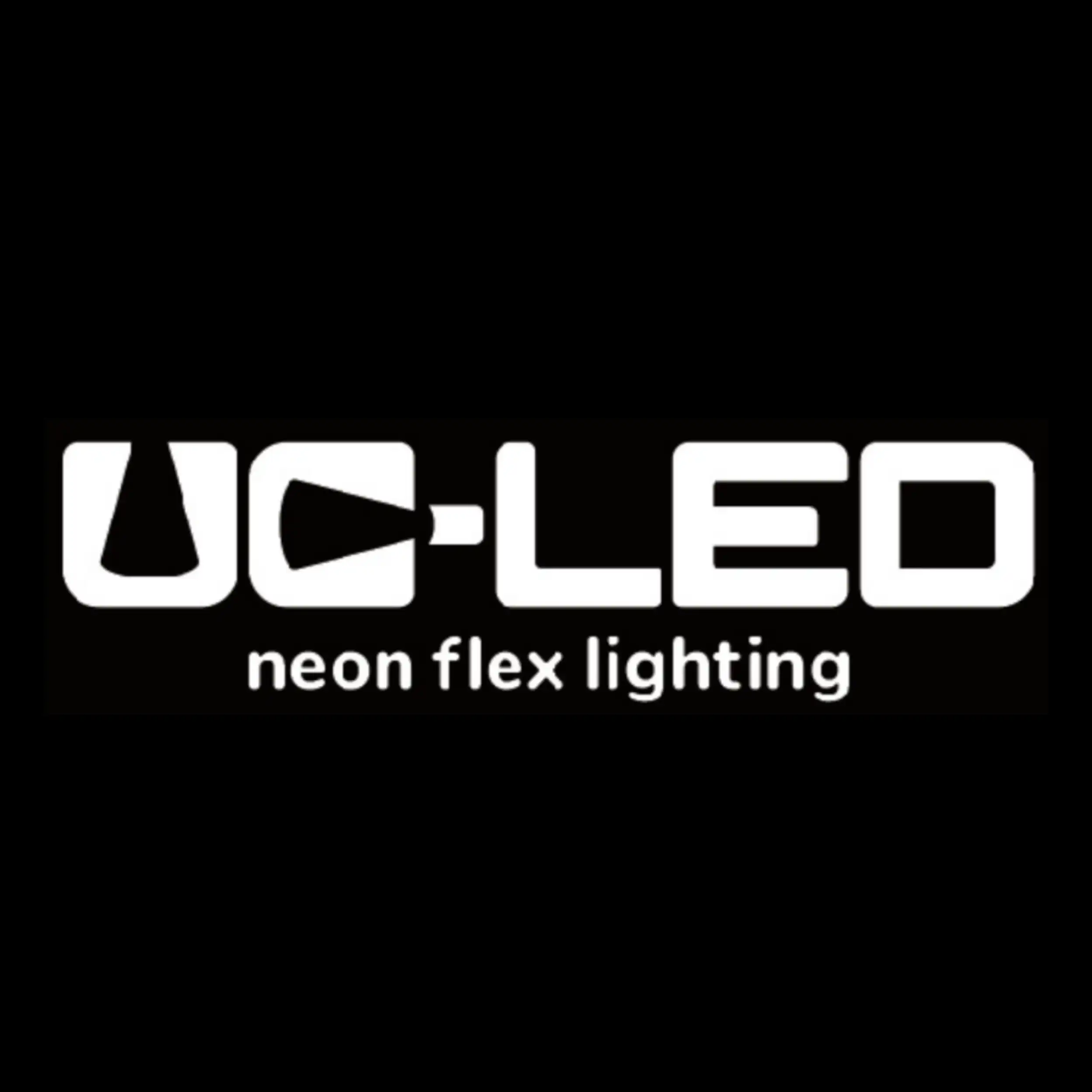
Looking for high-quality LED flexible strips? Click for a free quote in 24 hours!
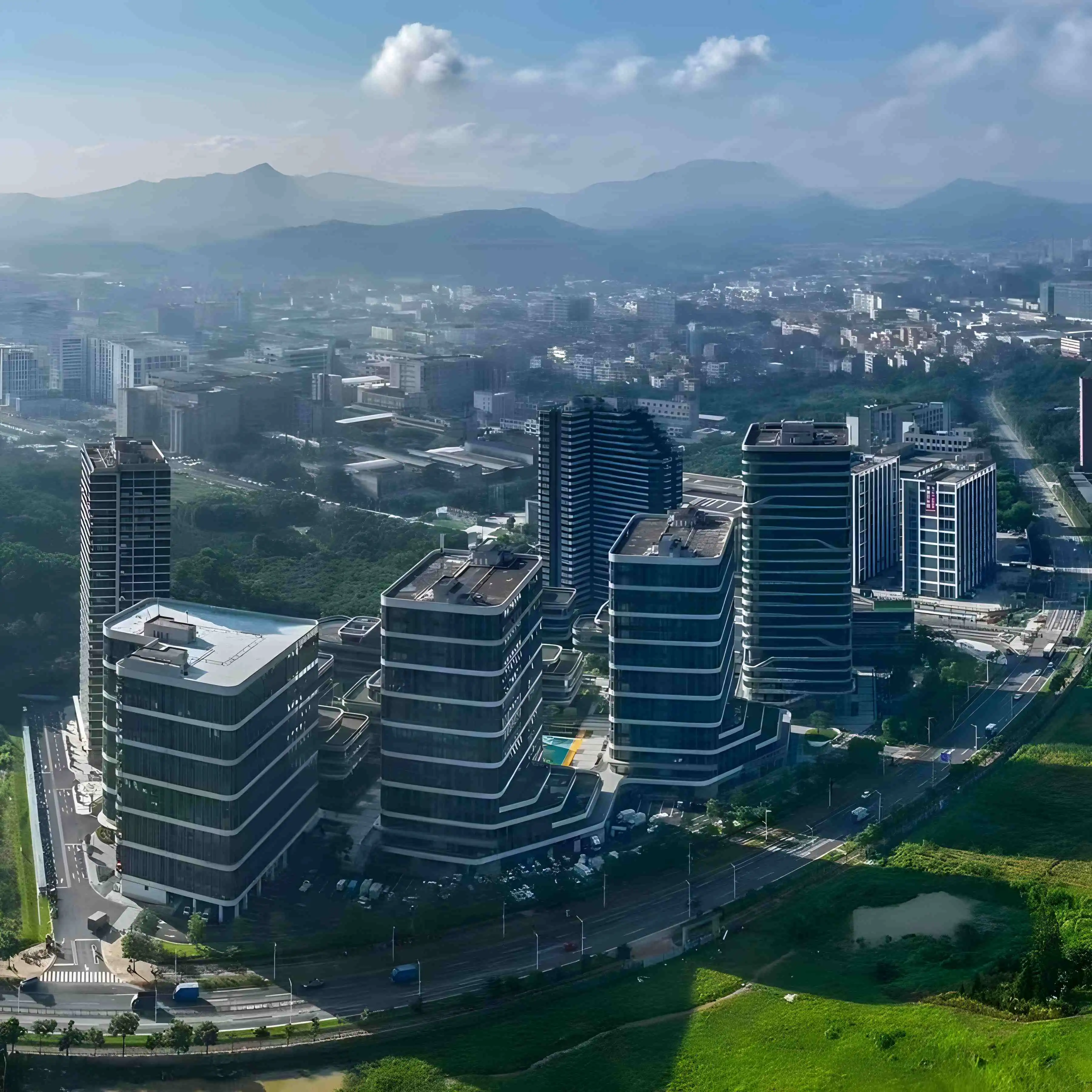
LED Neon Flex Strip Factory - Leading Professional Flexible LED Strip Manufacturer from China
